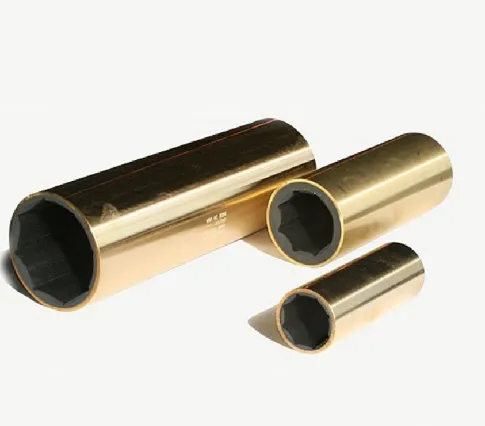Rear Differential Axle Seal Replacement Guide for Improved Vehicle Performance
Understanding Rear Differential Axle Seal Importance, Common Issues, and Replacement
The rear differential axle seal is a crucial component in a vehicle's drivetrain, playing a vital role in ensuring that the rear differential functions efficiently. This seal prevents the leakage of the differential fluid, which lubricates the gears, bearings, and other components within the differential housing. Understanding the significance of the axle seal, recognizing the common issues, and knowing when to replace it are essential for maintaining vehicle health and performance.
Importance of the Rear Differential Axle Seal
The rear differential is responsible for transferring power from the engine to the rear wheels while allowing for differences in wheel speed during turns. Inside this assembly, a specialized lubricant is necessary to minimize friction and heat buildup. The rear differential axle seal is designed to keep this fluid contained within the differential housing. Without a properly functioning seal, fluid can leak out, leading to lubrication issues, excessive wear, and potential failure of the differential.
In addition to preventing leaks, a well-functioning rear differential axle seal also keeps contaminants, such as dirt and debris, from entering the differential. This protective barrier is essential for maintaining the longevity and performance of the differential and the overall drivetrain system.
Common Issues Related to Rear Differential Axle Seals
Over time, rear differential axle seals can wear out or become damaged due to various factors including age, exposure to extreme temperatures, and environmental conditions. Here are a few common issues associated with rear differential axle seals
1. Fluid Leaks The most noticeable sign of a failing axle seal is the appearance of fluid leaks under the vehicle. The differential fluid can leak out, leading to a noticeable drop in fluid levels, which can cause damage to the differential components over time if not addressed.
rear diff axle seal

2. Noise from the Differential When the axle seal fails, the differential may not receive adequate lubrication. This can result in increased friction, leading to unusual noises while driving, such as grinding or whining sounds. These noises often indicate that the gears are not properly lubricated and could lead to more significant mechanical failures.
3. Differential Overheating Insufficient lubrication from leaking fluid can cause the differential to overheat. Overheating can lead to damage of the gears and bearings, resulting in costly repairs or even a complete differential replacement.
4. Drivetrain Performance Issues A failing axle seal can impact the overall performance of the vehicle’s drivetrain. Drivers may experience handling issues, poor acceleration, or an unstable ride, as the differential may not be able to function as intended.
When to Replace the Rear Differential Axle Seal
Recognizing the signs of a failing rear differential axle seal is essential for timely replacement. If you notice fluid leaks, unusual noises from the differential, or any changes in vehicle performance, it may be time to inspect the axle seal. Mechanics often recommend checking the differential fluid levels regularly as part of routine maintenance to ensure that the system is functioning properly.
Replacing a rear differential axle seal typically involves draining the differential fluid, removing the old seal, cleaning the mating surfaces, and installing the new seal. After replacement, it’s important to refill the differential with the appropriate lubricating fluid as specified by the vehicle manufacturer.
Conclusion
The rear differential axle seal may be a small component, but its role in the vehicle's drivetrain is significant. Maintaining its integrity is crucial for the proper functioning of the rear differential system. Regular checks and prompt attention to any signs of wear can prevent more extensive damage and costly repairs down the road. For any vehicle owner, understanding the importance of the rear differential axle seal and when to seek its replacement can lead to a safer, smoother driving experience. Remember, preventive maintenance is key to automotive longevity, ensuring that all parts, including the often-overlooked seals, are in optimal condition.
-
Understanding the Front Main Engine Seal: Purpose, Maintenance, and Installation
News Jul.29,2025
-
Understanding O-Rings and Seal Rings: Types, Applications, and Custom Solutions
News Jul.29,2025
-
Understanding Crankshaft Oil Seals: Rear Seals, Pulley Seals, and Their Role in Engine Integrity
News Jul.29,2025
-
The Importance of Front and Rear Crankshaft Seals in Engine Performance and Oil Management
News Jul.29,2025
-
Crank Oil Seals: Functions, Types, and Cost Considerations in Engine Maintenance
News Jul.29,2025
-
A Comprehensive Guide to O-Rings and Seals: Types, Materials, and Global Applications
News Jul.29,2025
-
Mastering Diesel and Performance Engine Maintenance: A Guide to Critical Oil Gaskets
News Jul.28,2025
Products categories















